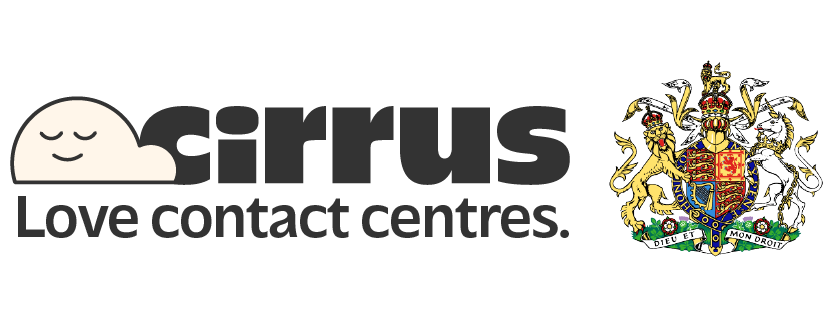What is zero-call resolution in call centres?
In today’s service-driven climate, many customers prefer not to call at all. Zero-call resolution is a strategy that aims to resolve customer issues before they reach the contact centre. This is not about avoiding support; it is about offering timely, accessible, and intelligent solutions that reduce the need for direct interaction.
By identifying common customer issues and using proactive tools like alerts and automation, contact centres can reduce customer frustration, increase customer satisfaction, and lower operational costs. This strategy leads to efficient operations and directly supports customer retention.
What does zero-call resolution mean?
Zero-call resolution means solving a customer’s problem before they feel the need to contact support. It focuses on minimising customer effort by using a data-driven approach that anticipates and resolves customer inquiries proactively.
This approach works best when:
- The issue is predictable or repetitive
- A clear and accessible knowledge base is available
- Communication reaches the customer before the initial contact
By offering instant solutions through digital channels, contact centres can handle fewer customer calls and improve their resolution rate.
How does it compare to first-call resolution
First-call resolution (FCR) is a well-known customer service metric used to measure how effectively a team resolves queries in a single interaction. Zero-call resolution, however, eliminates the need for that initial call.
First-call resolution:
- Resolves a query during the first contact
- Improves FCR performance and lowers abandonment rates
Zero-call resolution:
- Prevents the call entirely using predictive analytics
- Enhances the customer journey by creating frictionless customer experiences
Both approaches aim to reduce centre costs and deliver top-notch customer service.
What helps zero-call resolution work
Several tools and practices support zero-call outcomes:
Self-service portals and self-service options are key. They allow customers to resolve basic tasks like account updates or password resets without needing to speak to customer service representatives. These systems improve agent productivity and reduce contact centre metrics like Average Handle Time.
Additional enablers include:
- Real-time alerts and reminders
- An AI-enabled contact centre that detects common issues
- A CRM storing customer history and requests
- An omni-channel platform offering seamless transitions across channels
Why proactive communication matters
A proactive approach helps minimise calls from customers by addressing concerns early.
Examples include:
- Notifying customers about delays, outages, or payment status
- Sharing service changes or feature updates ahead of time
- Offering help guides for complex customer issues
Contact centre leaders often use Microsoft Teams integration to collaborate and push timely updates. Providing secure payment options also prevents unnecessary payment-related queries.
The role of technology
Modern call centres rely heavily on automation tools and artificial intelligence to prevent unnecessary customer contacts.
Tools that enable this include:
- AI-powered agent support for handling repetitive tasks
- Virtual assistants that guide users through self-service technologies
- Accessibility features for inclusive customer experiences
Industries like housing, government and healthcare often use these tools to reduce unresolved issues and maintain service quality.
Where it’s being used
Zero-call models help diverse sectors meet customer expectations more efficiently:
- Higher education: automating results, calendar sharing, and course updates
- Retail: offering mobile app tracking for orders
- Not-for-profit: reducing customer tickets by issuing receipts automatically
- Business process outsourcers: using standardised workflows to lower centre expenses
Each case shows how proactive support improves the resolution journey.
Real examples
Zero-call resolution works well when contact centres take early action. Here are some simple cases where this approach made a big difference:
Telecom provider:
When a telecom company planned maintenance work, it sent text messages to customers with the date, time, and expected service delay. It also shared advice on what to do if the network was unavailable. Because of this, there were fewer calls from customers asking about signal problems. Customers felt reassured, and the customer service team could focus on other tasks.
Online retail:
A retail website sends a receipt with a tracking link immediately after someone places an order. Customers can check their delivery status without needing to call support. This helps reduce the number of customer queries related to delivery updates and gives agents more time to deal with complex issues.
Education sector:
A university posts exam results on a student dashboard and sends email alerts with login instructions. This stops students from calling to ask when results will be out or how to access them. It’s a clear way to use a self-service system and meet customer expectations.
These examples show how a simple, proactive approach can improve the customer experience and reduce unnecessary contacts.
How to get started with zero-call resolution
Building a strong zero-contact resolution strategy involves multiple stages:
- Analyse customer feedback and high-frequency topics
- Address knowledge gaps by improving your internal knowledge base
- Offer effective self-service content, including tutorials and FAQs
- Implement automation for recurring customer requests
- Use workforce optimisation tools to monitor improvements
- Provide additional training to customer service agents, focusing on soft skills and communication skills
This strategic approach ensures the customer support team focuses on complex tasks rather than repetitive ones.
Common challenges
Despite its benefits, some hurdles remain:
- Poor customer service content or outdated FAQs can lead to customer frustration
- Inexperienced agents may struggle to guide users to the right self-service system
- Lack of integration across tools may lead to poor first-call resolution performance
Solving this requires:
- Regular updates to the agent-facing knowledge base
- Stronger agent training on digital-first tools
- Aligning systems for accurate access to customer history
How to track success
To measure actual performance, focus on these key metrics:
- Reduction in repeated customer contacts
- Growth in Customer Effort Score for digital journeys
- Better contact resolution rate for known issues
- Lower agent time spent on simple queries
Tracking these shows how well your contact centre automation supports efficient operations.
Final thoughts
As customer acquisition and customer retention become more challenging, zero-call resolution offers a powerful tool to stay ahead.
It reduces centre costs, supports agent enablement tools, and improves the customer service game overall. By delivering effortless resolutions through a combination of predictive analytics and modern tools, contact centres can offer exceptional customer service every time.
To see what this approach could look like in your centre’s current operations, request a demo.
Your Contact Centre, Your Way
This is about you. Your customers, your team, and the service you want to deliver. If you’re ready to take your contact centre from good to extraordinary, get in touch today.


